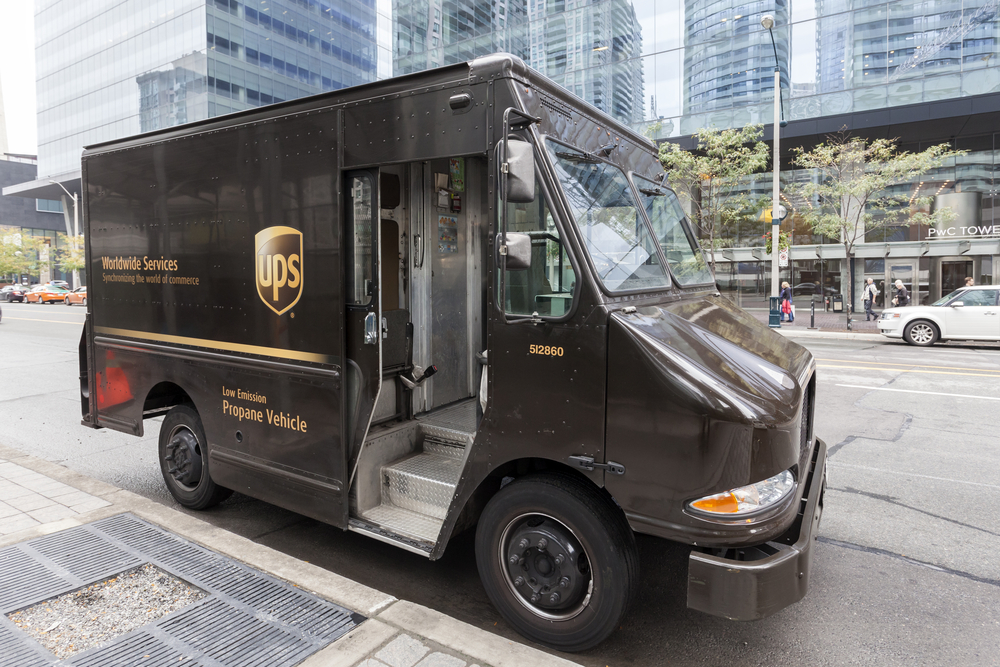

UPS Strike: Workers Vote to Strike as Negotiations Continue
The shipping industry is one step closer to experiencing a significant slowdown. UPS workers represented by the Teamsters Union voted to go on strike if they can’t reach an agreement with the company in contract talks currently taking place by August 1st.
Why UPS Workers Voted to Go on Strike
UPS workers have highlighted the company’s surge in profits in recent years, and have emphasized pushing for those profits to reflect wage increases in their next contract. Per the Teamsters Union, UPS has reported $56.3 billion in profits under the current contract so far (2019 – 2023). Meanwhile, workers haven’t seen wage increases that they feel adequately reflect that profit growth.
UPS workers also noted that they continued working during the Covid-19 pandemic while other workers didn’t or couldn’t go to work. The shipping and logistics industry was deemed essential during stay-at-home mandates in 2020. While many industries suffered as the result of the pandemic, eCommerce growth skyrocketed…and so, too, did the profits of shipping carriers around the world.
Workers at UPS have been pushing for several demands in their new contract. Those demands include but are not limited to the following:
- The addition of air conditioning in UPS vehicles (which UPS just agreed to for the first time in company history)
- Pay increases for part-time workers to at least $25 an hour
- Elimination of two-tier wages for delivery drivers
- Ending the use of subcontracting
- Eliminating driver-facing cameras
- An end to a forced sixth day of work in a week
- More opportunities for full-time employment
How Will the Strike Impact Me if I Ship with UPS?
If you use UPS, you may need to find other ways to ship if UPS workers go on strike. Most online shipping software companies offer labels from USPS on top of UPS. So, if you use shipping software to purchase labels for your small business, you’ll still have the option to get your packages to your customers through the USPS network.
UPS consistently captures the largest share of the express and courier service markets in the United States, with the company accounting for 37% of the total U.S. package delivery market in 2021. FedEx held the second-largest share that year at 33%, and the US Postal Service captured the third-largest share at 17%. Since this is the case, a UPS strike will result in FedEx and USPS taking on more packages than their networks are used to handling.
FedEx will likely see an increased share of larger, heavier packages over 70 pounds, as well as emergency deliveries. USPS, on the other hand, will likely see a massive injection of smaller, handheld packages. Shippers should note that this may ultimately put stress on the Postal Service’s network and cause delays in delivery. A similar situation occurred during the pandemic, when a volume surge led to USPS experiencing its worst backlog ever.


Be the first to comment!